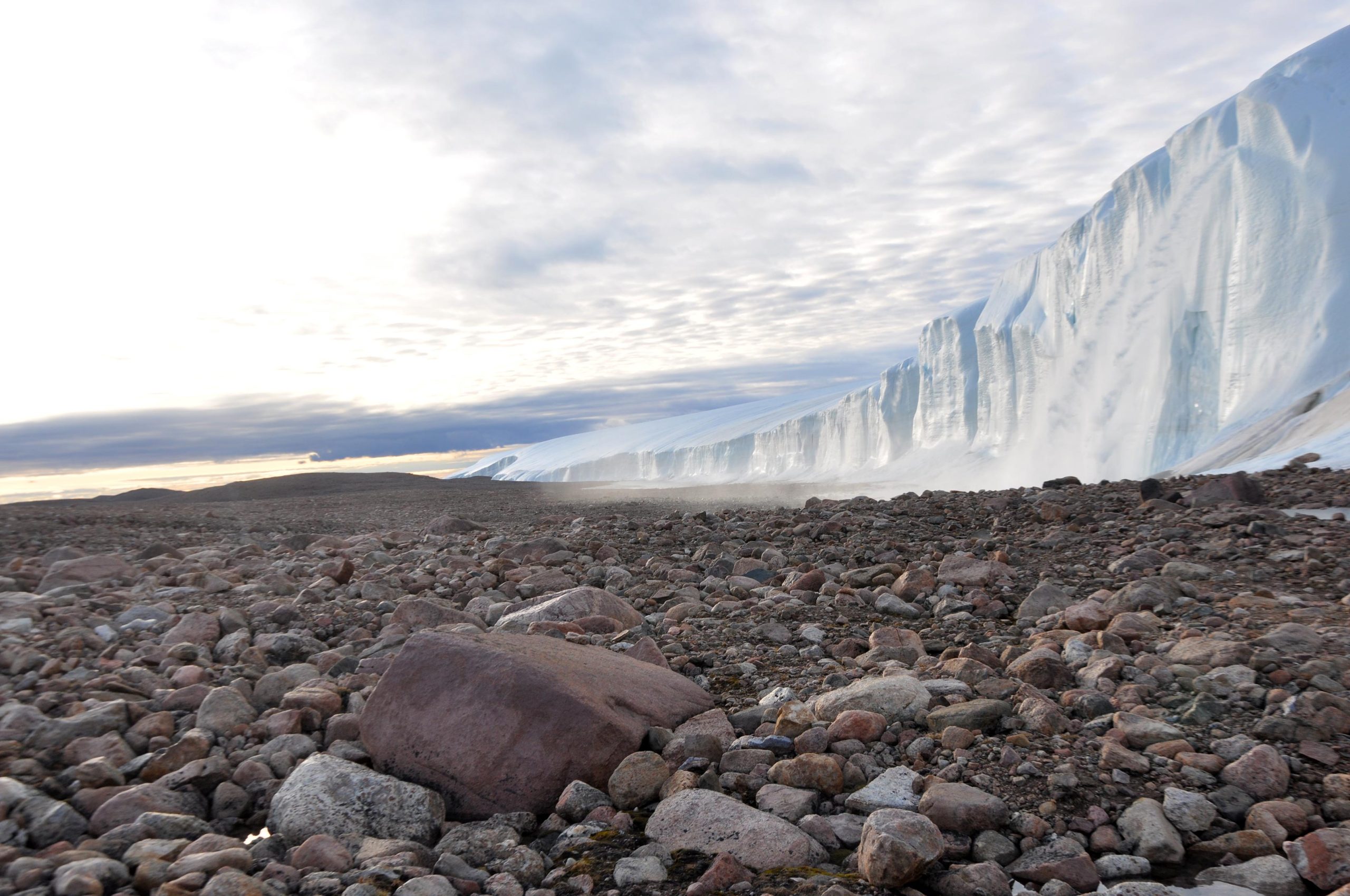
The Hiawatha impact crater is far older.
Maps showing the location of the Hiawatha impact crater in northwest Greenland (left) and the shape of Earth’s surface beneath the ice, with the crater clearly visible (right).As such, I’m convinced that we’ve determined the crater’s actual age, which is much older than many people once thought,” says Michael Storey of the Natural History Museum of Denmark.
Gavin Kenny of the Swedish Museum of Natural History.
Dating zircon crystals like this was one of the two methods used to calculate the age of the Hiawatha impact crater.
As one of those who helped discover the Hiawatha impact crater in 2015, Professor Nicolaj Krog Larsen of the GLOBE Institute at the University of Copenhagen is pleased that the crater’s exact age is now confirmed.The NordSIMS laboratory at the Swedish Museum of Natural History, one of two labs where analyses were conducted to date the Hiawatha impact crater.Today, the crater lies beneath the Hiawatha Glacier in Northwest Greenland.
The sand was analyzed at the Natural History Museum of Denmark by heating the grains with a laser until they released argon gas, whereas the rock samples were analyzed at the Swedish Museum of Natural History using uranium-lead dating of the mineral zircon.Clear evidence that the Hiawatha impact disrupted global climate is still lacking.However, the crater’s dating allows the international research team working on the crater to begin testing various hypotheses to better understand what its impact was on both the local and global climate.
March 8, 2022March 8, 2022March 8, 2022March 8, 2022March 8, 2022March 7, 2022